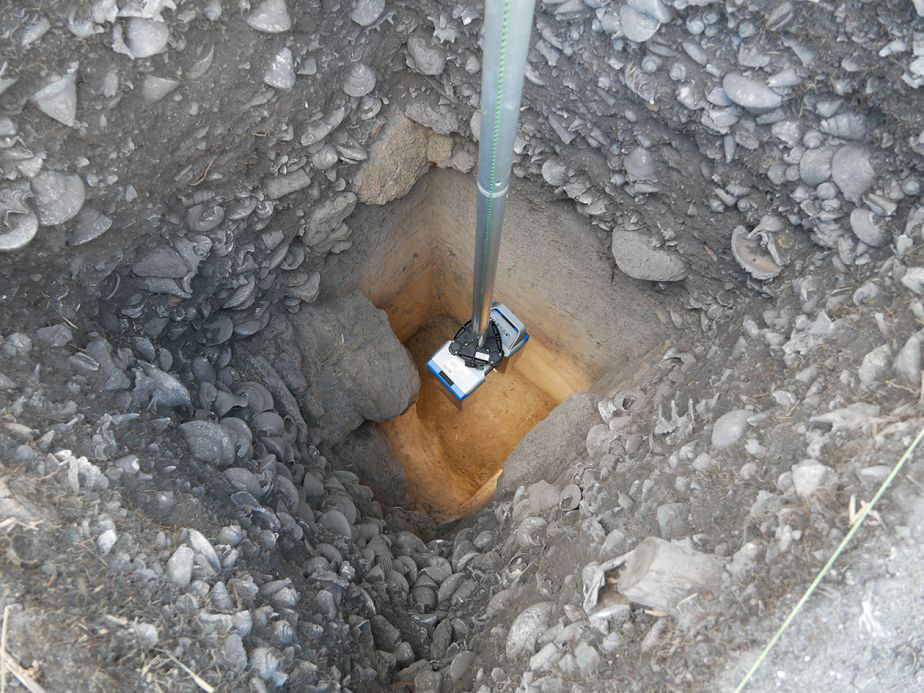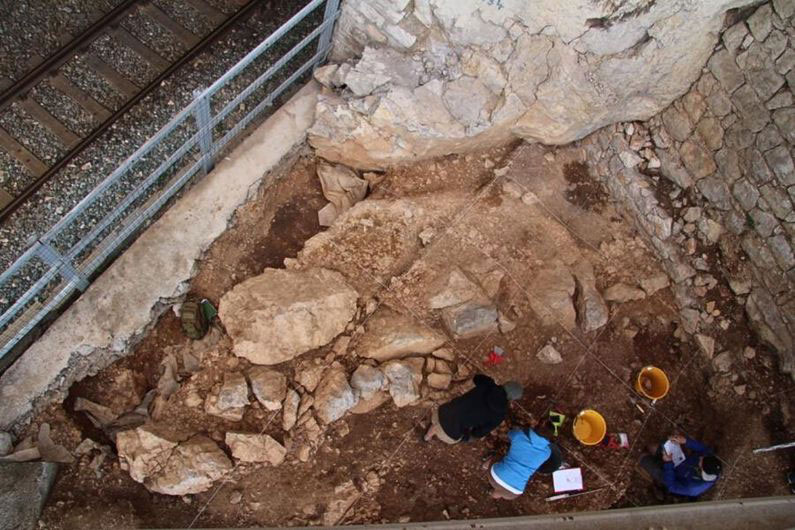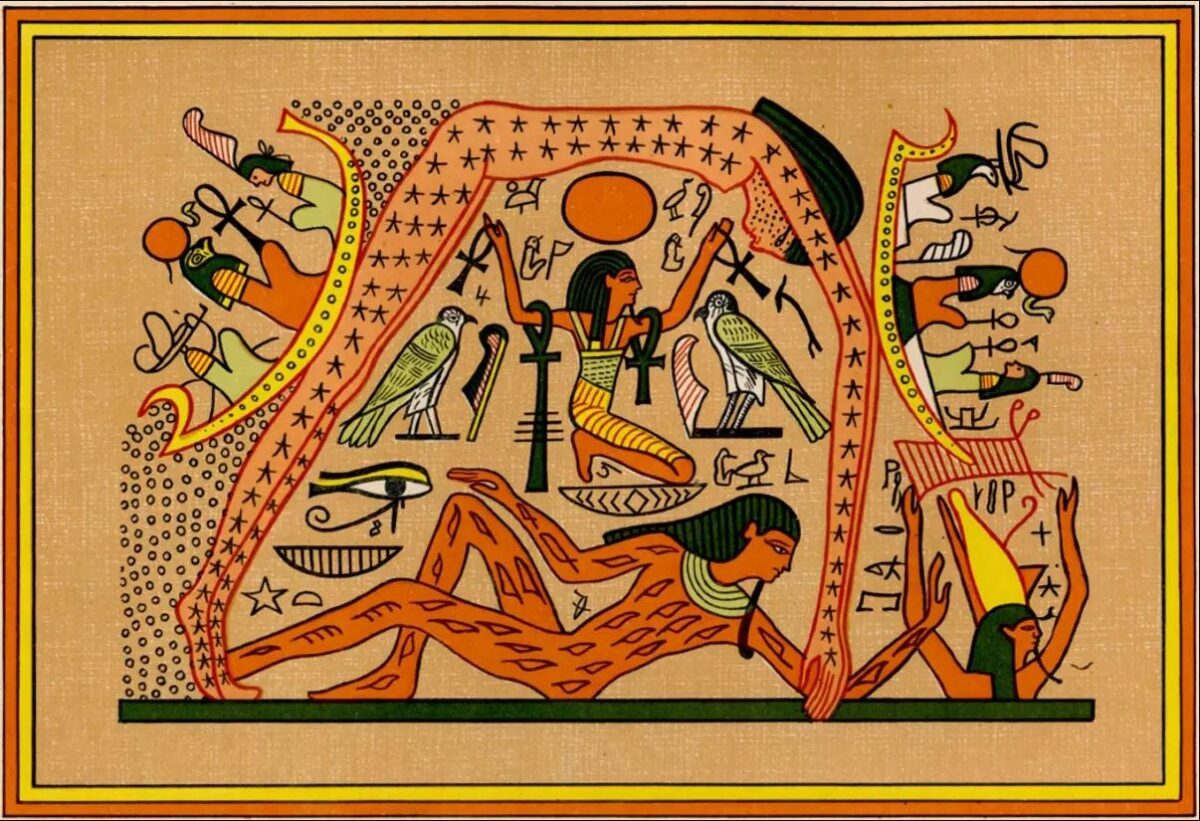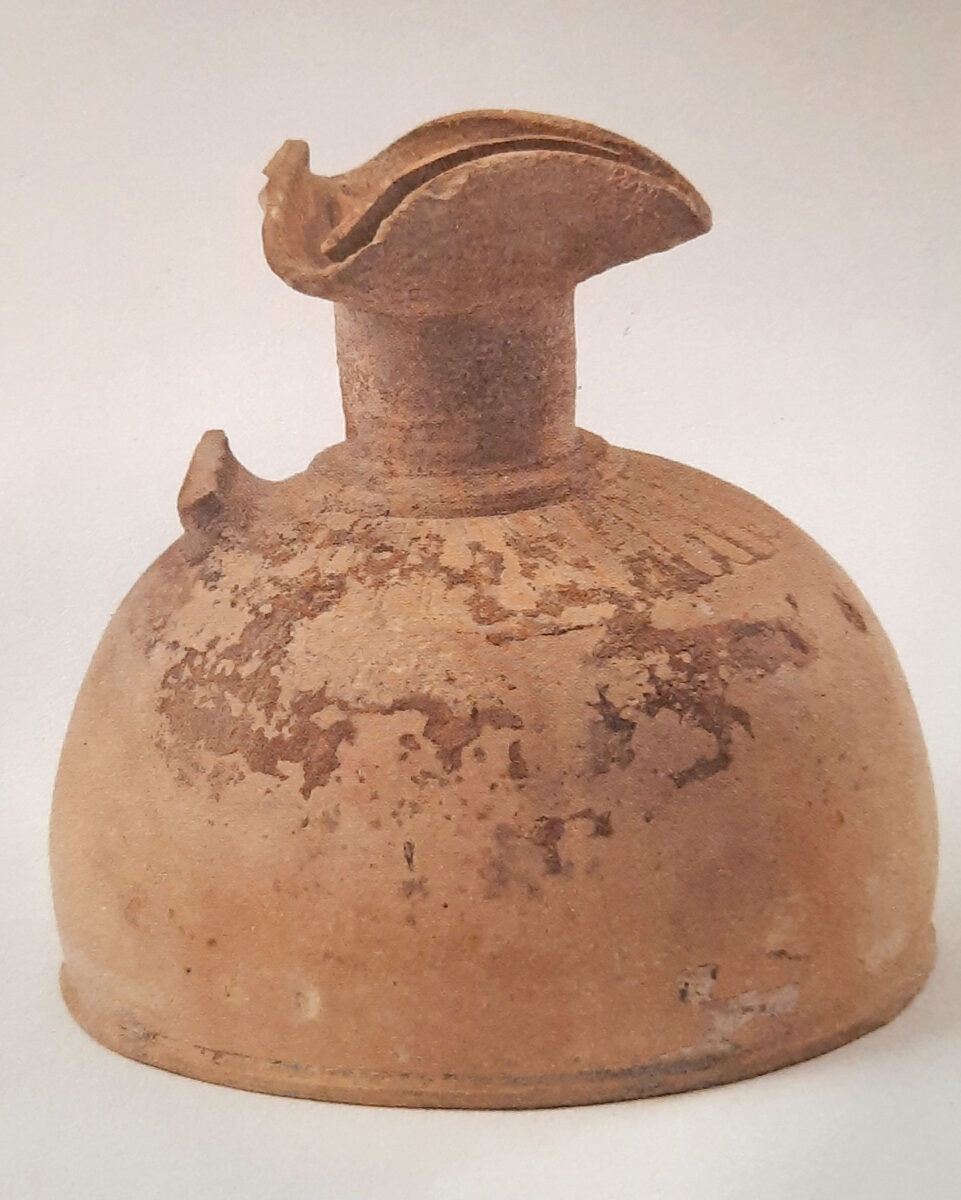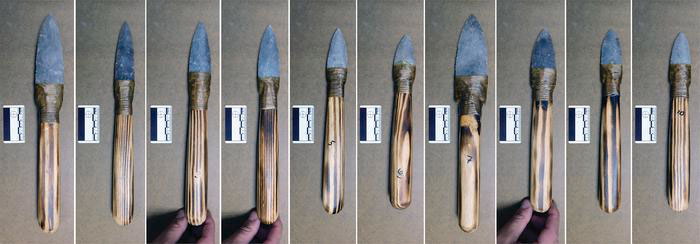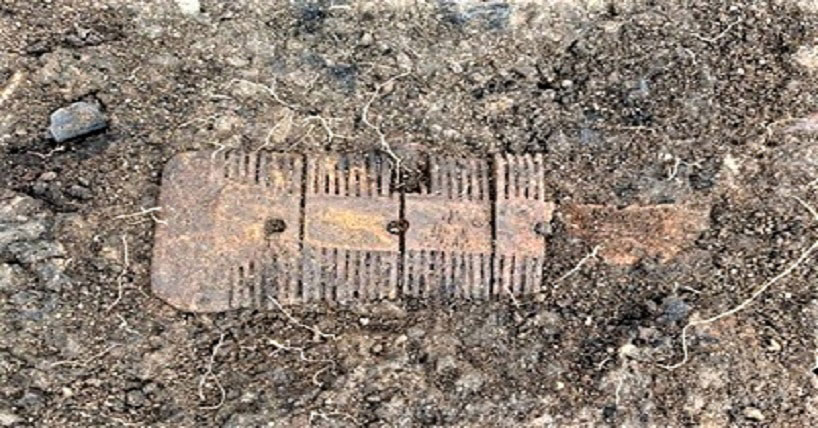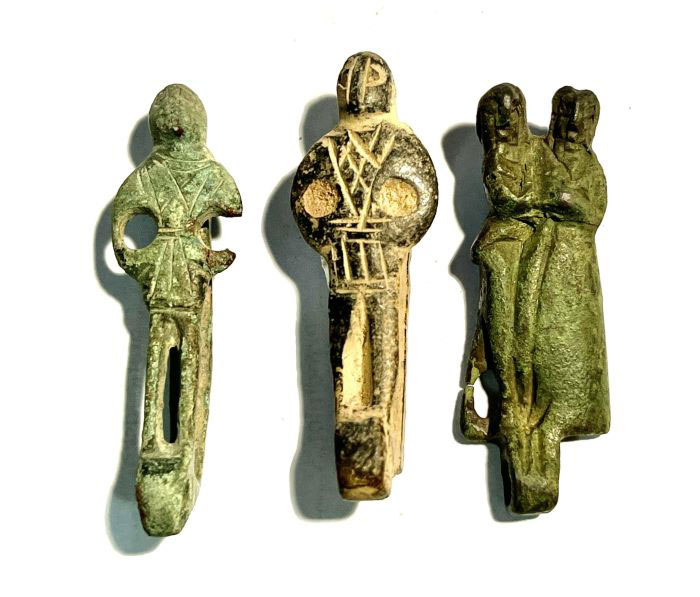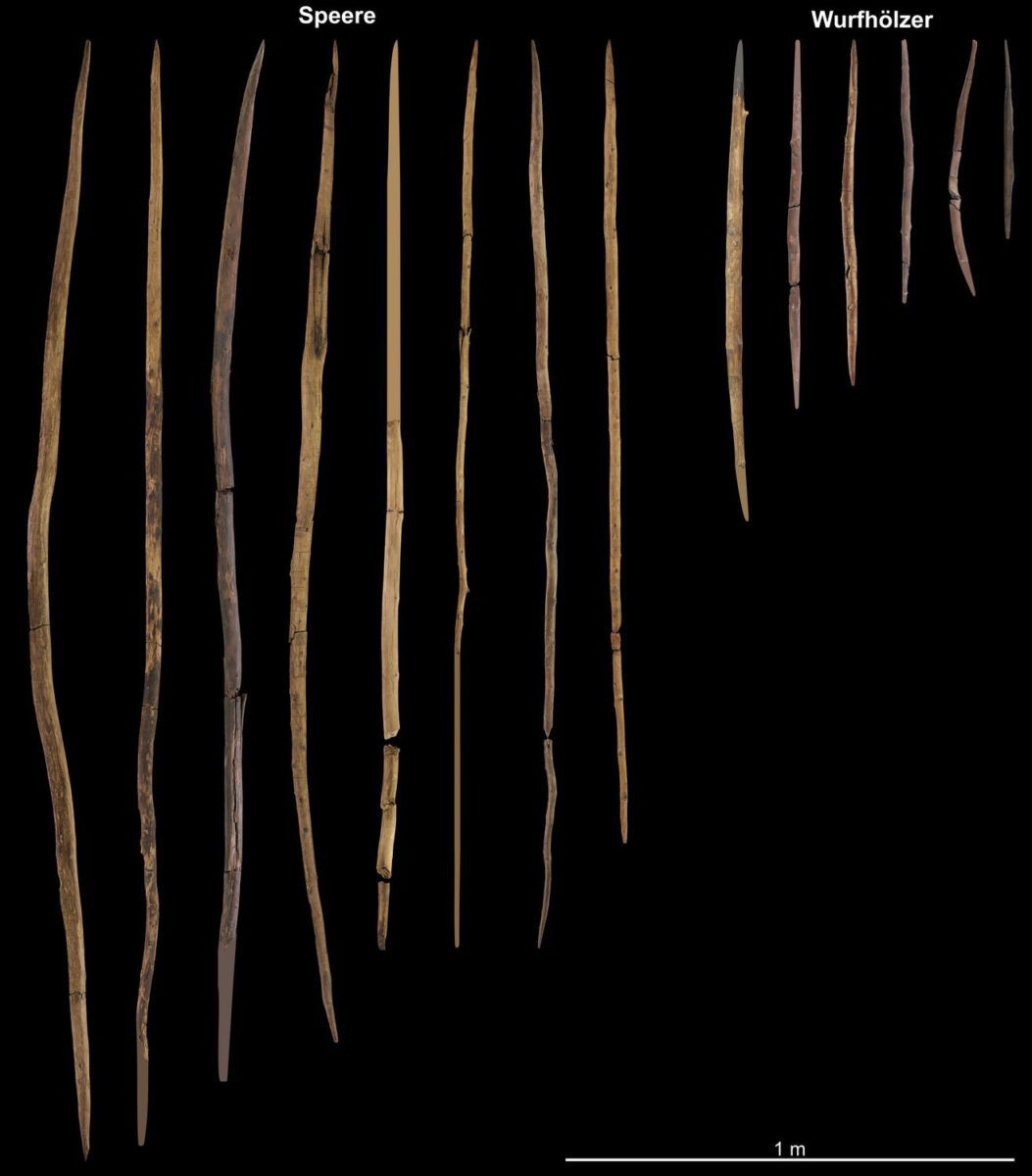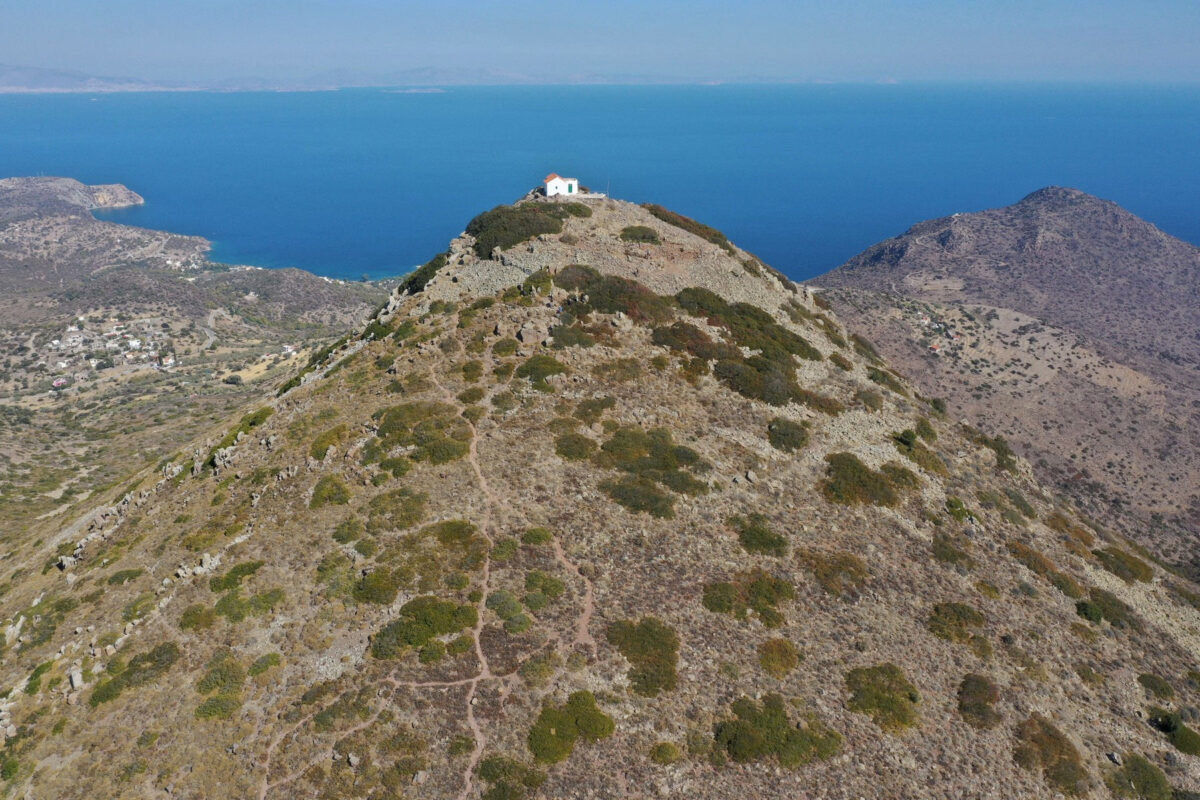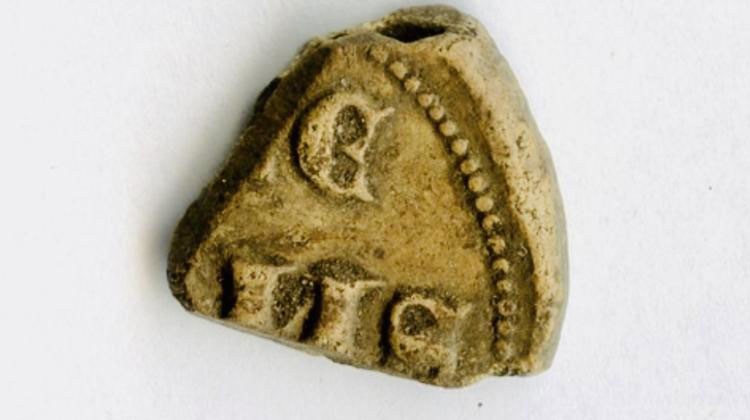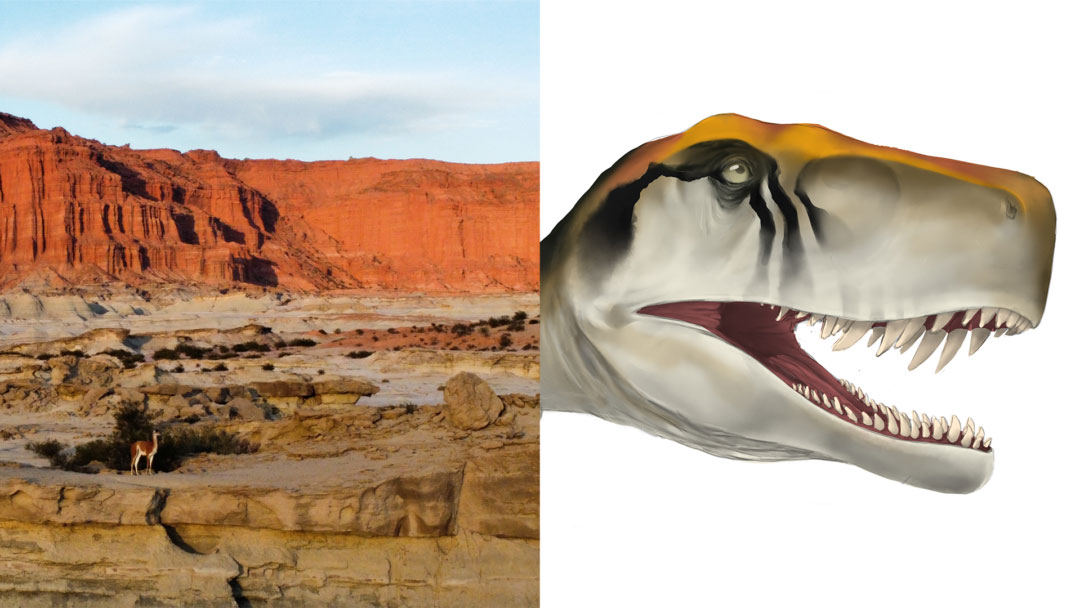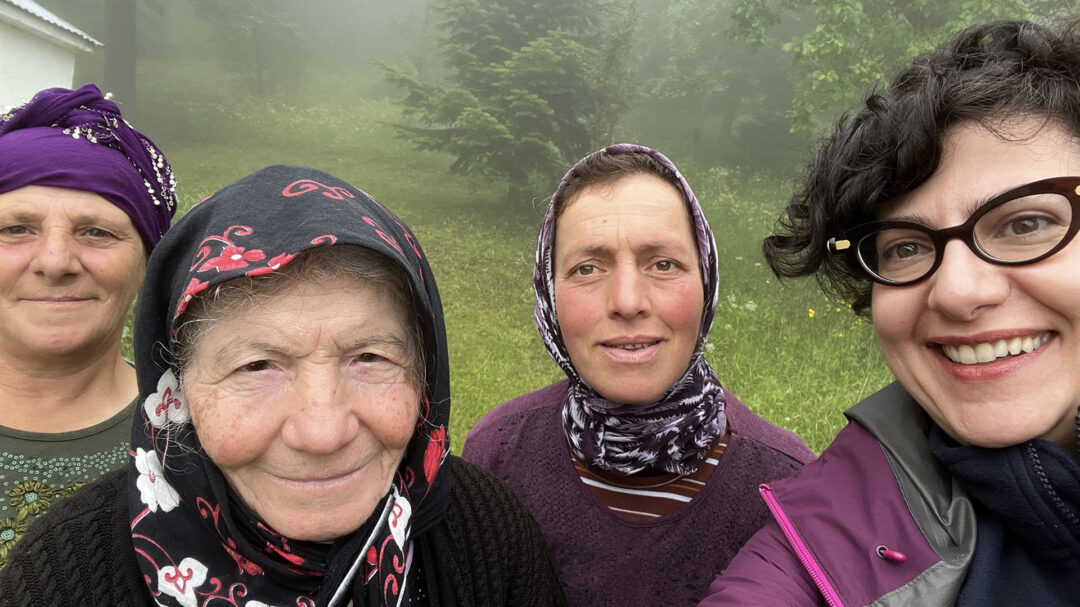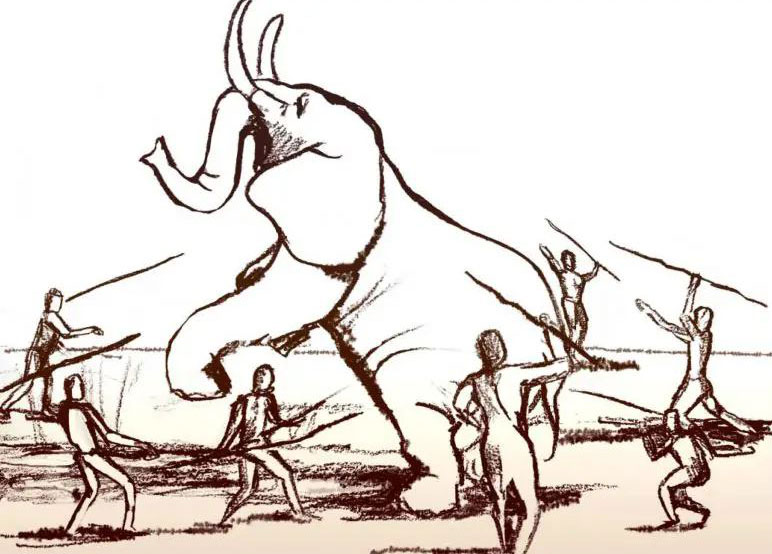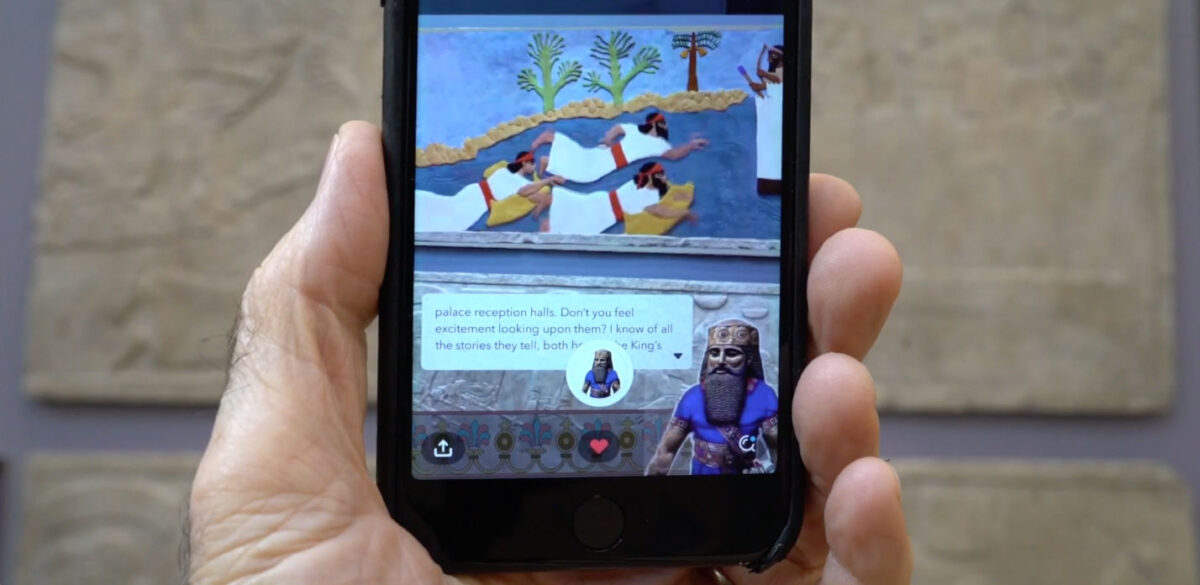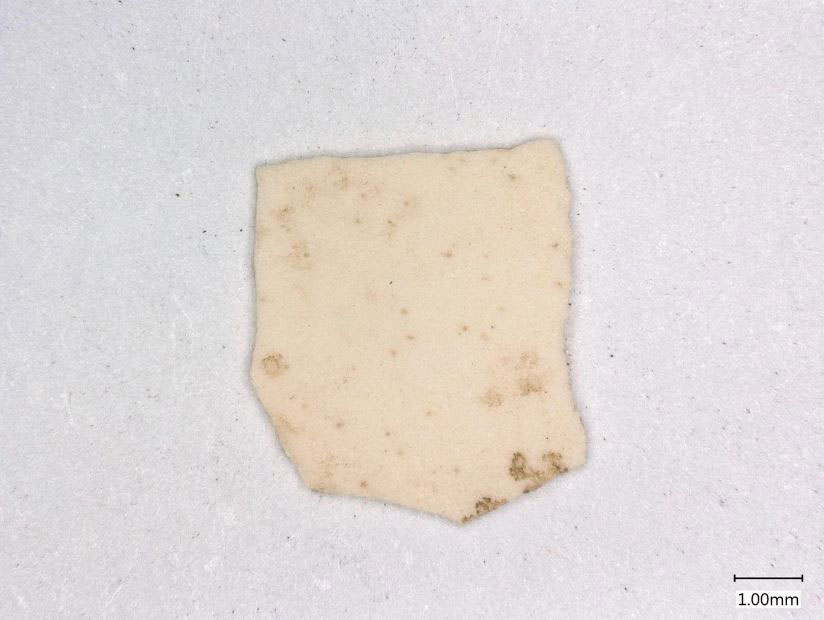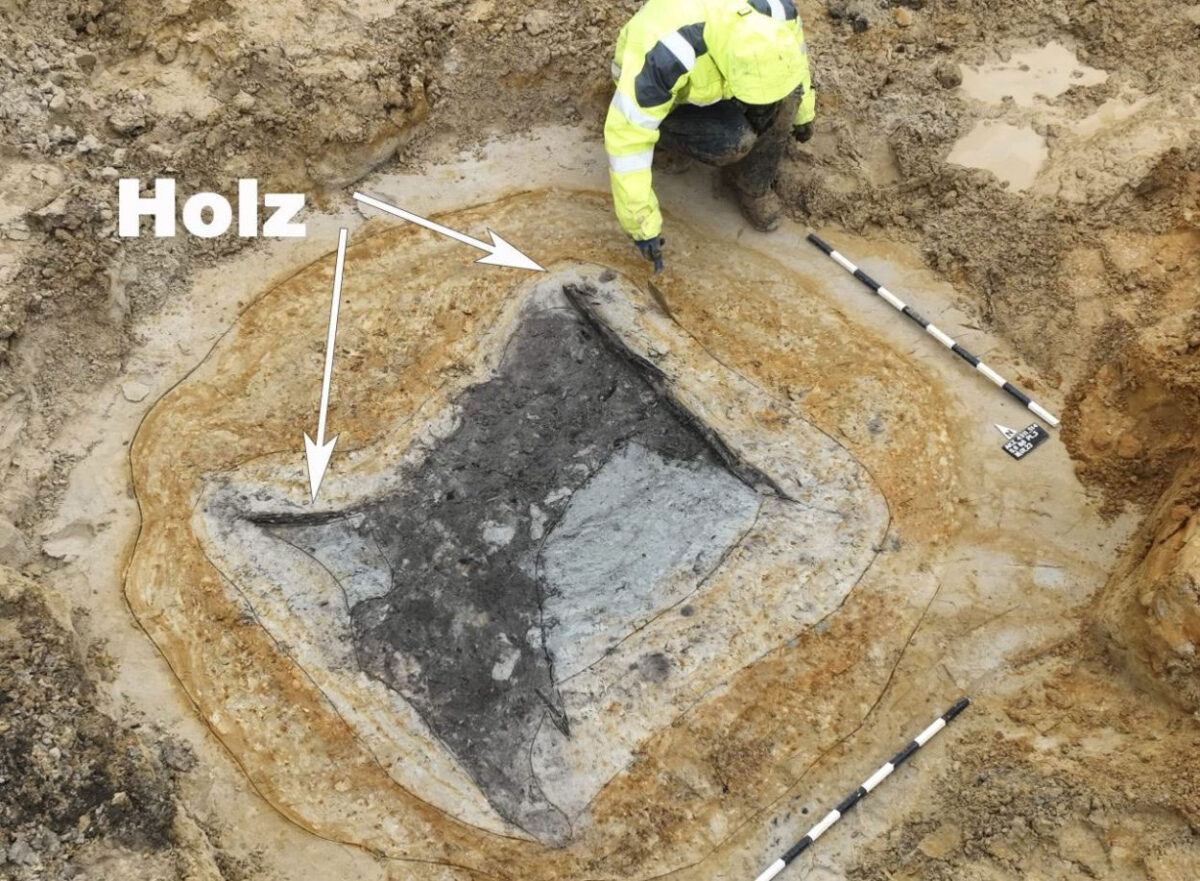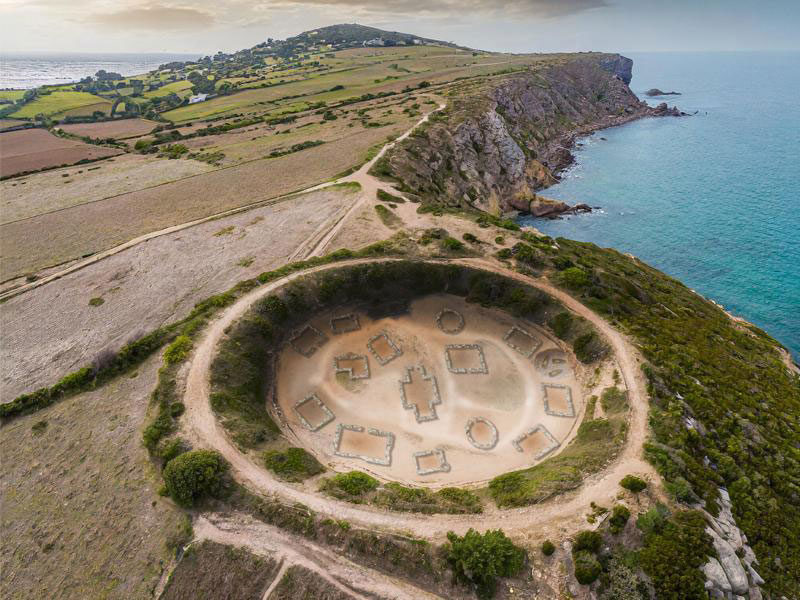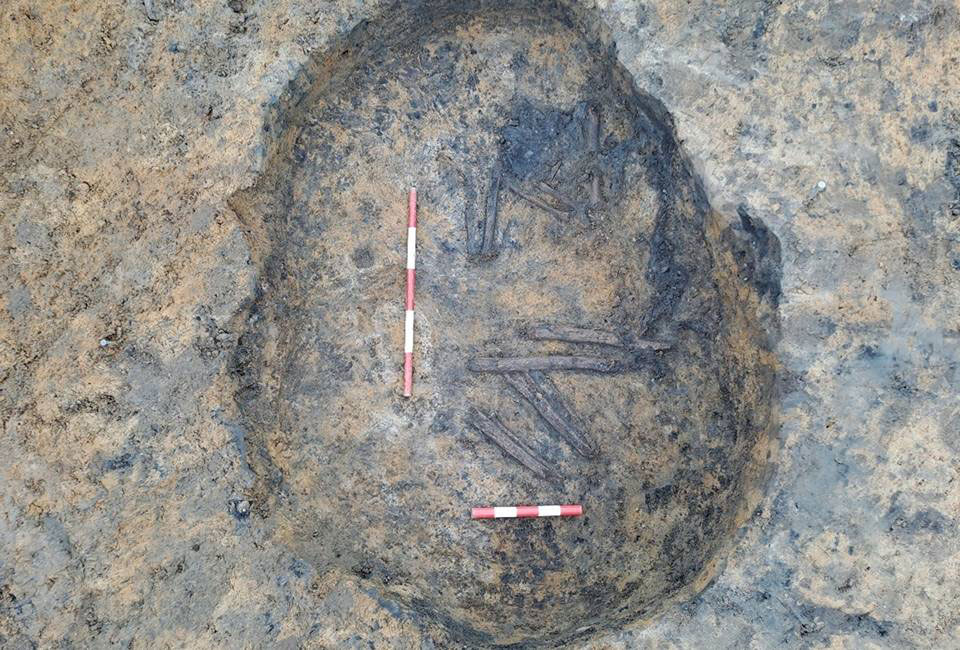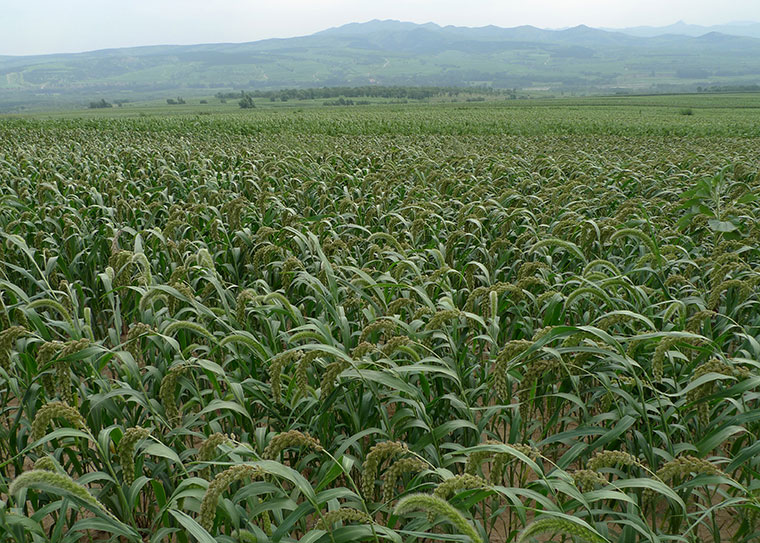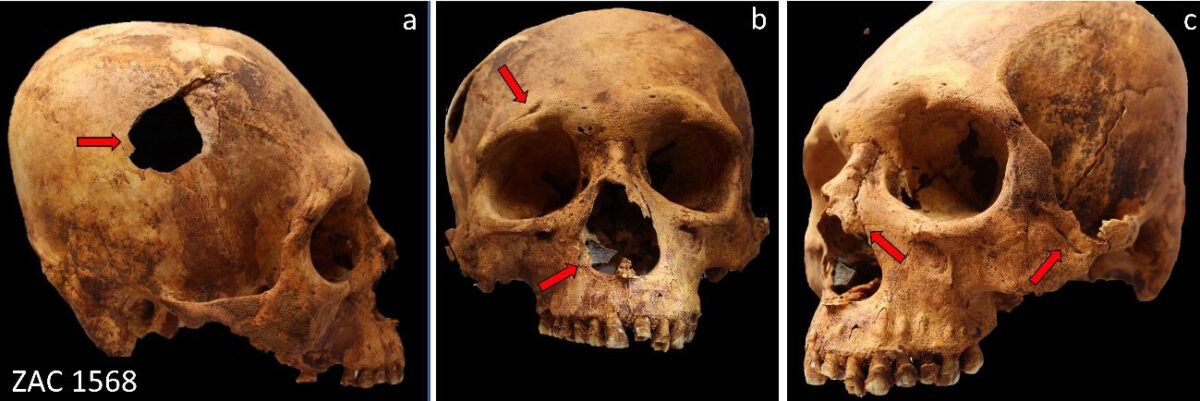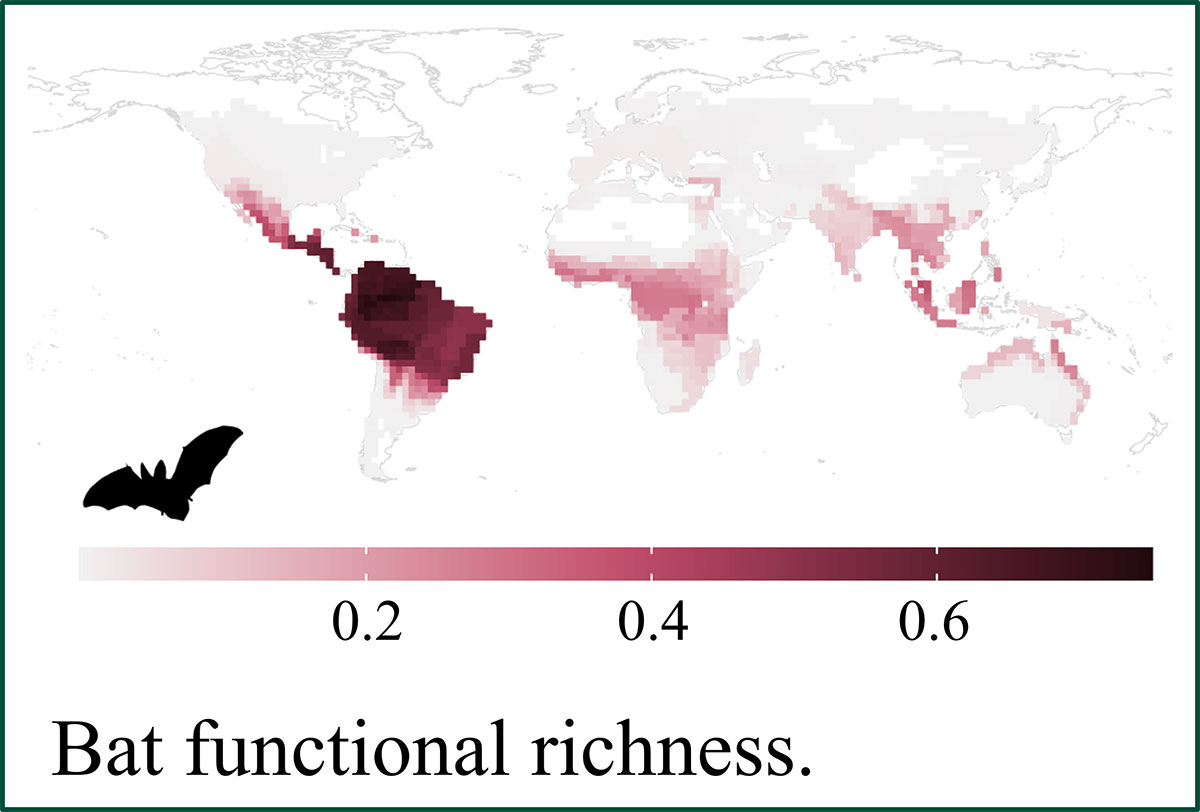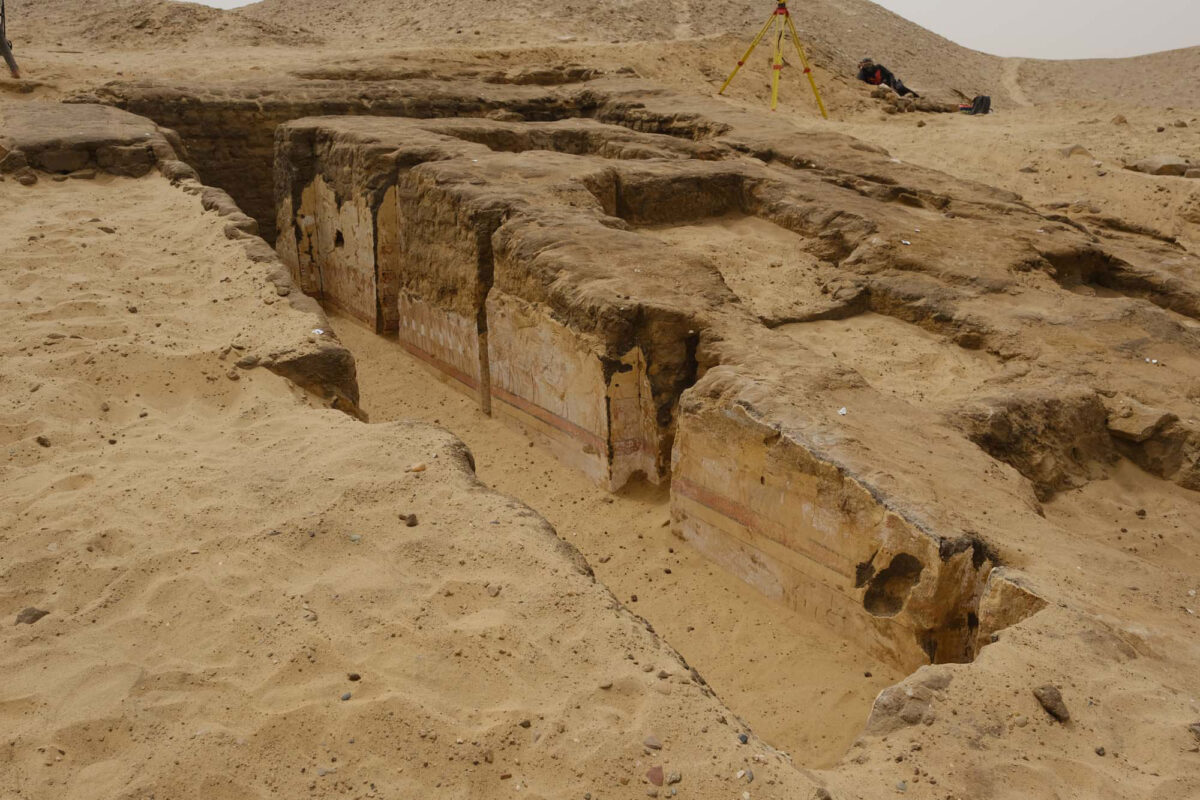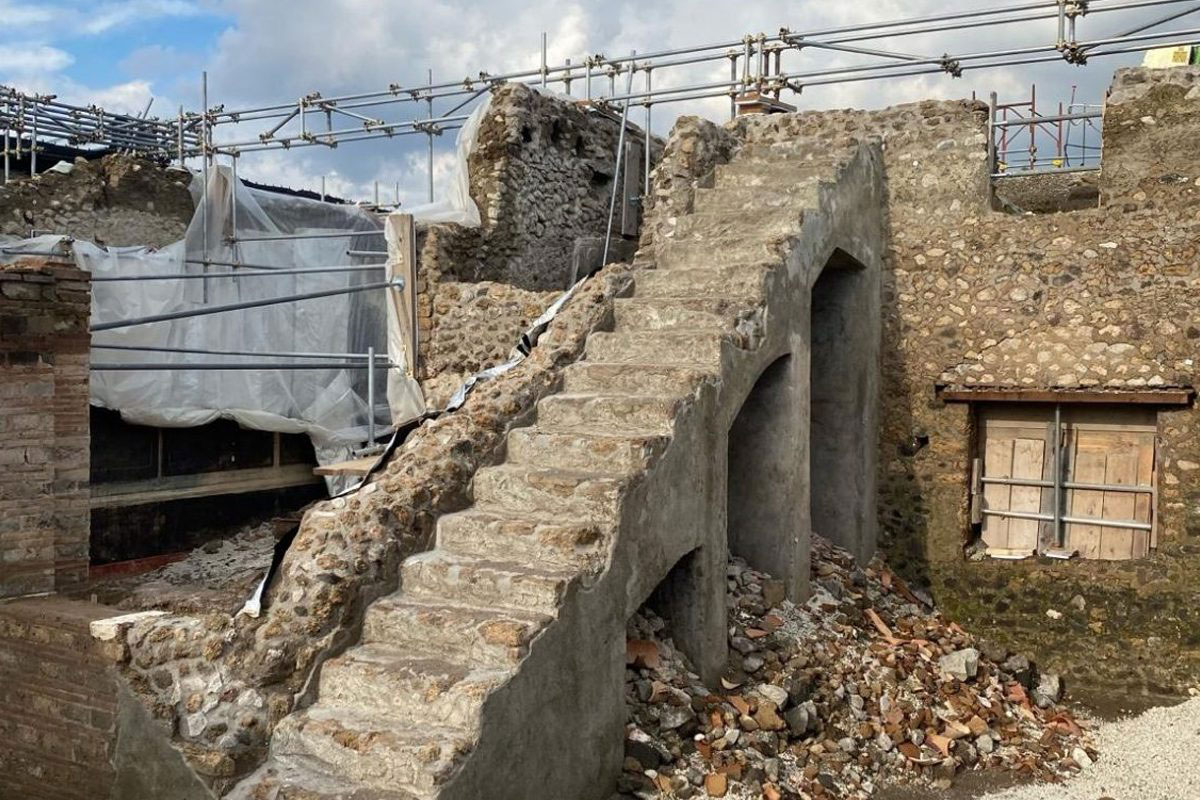Discovery of pottery rewrites Aboriginal history
The discovery is challenging the idea that Aboriginal Australian communities were unaware of pottery manufacture before European settlement.
Make yourself at home… 40,000 years ago
An UdeM study unveils fresh insights into how Neanderthals and Homo sapiens organized their living spaces at the Riparo Bombrini site in northern Italy.
The hidden role of the Milky Way in ancient Egyptian mythology
A new study sheds light on the relationship between the Milky Way and the Egyptian sky-goddess Nut.
Repatriation of a Proto-corinthian oinochoe
An ancient artefact that had been removed during German occupation was returned to Greece by the Municipality of Hannover and the August Kestner Museum.
The prevalence of equifinality in archaeological interpretation
MeatEater, Inc. sheds new light on ancient stone knives and showcasing the importance of testing and looking for equifinality.
Prehistoric henge reveals centuries-old sacred site in Lincolnshire
Archaeologists from Newcastle University have unearthed evidence for an evolving sacred landscape spanning centuries in Crowland, Lincolnshire.
Medieval belt hook found near Kamień Pomorski
A late medieval belt hook for hanging keys or a purse was found near Kamień Pomorski (West Pomerania).
The early herding communities of the Southern Iberian Peninsula
The study of the feeding pattern of sheep in the Cueva de El Toro, Malaga, some 7,200 years ago demonstrates that livestock management practices of the Western Mediterranean during the Old Neolithic were far more varied than believed until now.
Finds at Schöningen show wood was crucial raw material 300,000 years ago
During archaeological excavations in the Schöningen open-cast coal mine in 1994, the discovery of the oldest, remarkably well-preserved hunting weapons known to humanity caused an international sensation.
Excavations at the Mount Ellanio summit
A team from the Ephorate of Antiquities of Piraeus and the Swiss School of Archaeology in Greece has been exploring the summit of Mount Ellanio...
Medieval papal bull found near Wysoka Kamieńska
A fragment of a medieval leaden papal bull has been discovered near Wysoka Kamieńska (West Pomeranian Voivodeship).
The first-ever look at growth rates in the oldest-known dinosaurs
This is actually the first time that anyone’s been able to take a look at these earliest dinosaurs, especially in the context of other animals in their world.
Last chance to record archaic Greek language ‘heading for extinction’
A new data crowdsourcing platform aims to preserve the sound of Romeyka, an endangered millennia-old variety of Greek.
Paleolithic tool-making sites and the migration routes of elephants
Archaeologists identified a ceremonial link between Paleolithic stone quarrying and tool-making sites and the migration routes of elephants.
Art of Intimidation: Journey to Ancient Assyria
In a new Snapchat feature, a richly garbed palace overseer welcomes visitors to the exhibition at the Harvard Museum of the Ancient Near East.
When Did the Chicken Cross the Road?
New research reveals that chickens were widely raised across southern Central Asia from 400 BCE through medieval periods and likely dispersed along the ancient Silk Road.
Early medieval farmsteads from the Iron Age in Werne
Archaeologists have brought to light several medieval farmsteads and burials from the Iron Age near Werne, North Rhine-Westphalia, in Germany.
The remains of a village unearthed
A major archaeological discovery has just been made at Cap d'Erquy, on the coast of the Côtes d'Armor, in France.
Burial monument, ‘burnt mound’ and Roman road discovered
A burial monument, burnt mound and parts of a Roman road have been discovered during investigations near Full Sutton.
Movement of crops, animals played a key role in domestication
A new paper explains how recent research is connecting the science of biological domestication to early food globalization.
Evidence of violence at a time of crisis in ancient Peru
Evidence of lethal injuries inflicted on men, women and children, as well as signs of material poverty found.
Ancient isolation’s impact on modern ecology
A new study led by Michigan State University researcher Peter Williams sheds light on the profound influence of deep geographic isolation on the evolution of mammals.
Mastaba tomb with rare, finely painted decoration discovered
The newly discovered mastaba tomb dates from the late 5th/early 6th dynasty and comprises seven burial shafts and a cult chamber.
Pompeii: New light is shed on Roman construction techiniques
New information relating to Roman construction techniques is emerging from the ongoing excavations at the Archaeological Park of Pompeii.
